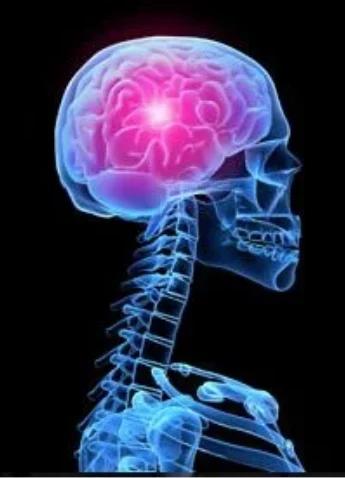Article
ASTRO Releases Clinical Guidelines for Radiation Therapy in IDH-Mutant Glioma
Author(s):
For the first time, the American Society for Radiation Oncology has issued recommendations on the use of radiation therapy to treat patients with IDH-mutant grade 2 and grade 3 diffuse glioma, including oligodendroglioma and astrocytoma.

For the first time, the American Society for Radiation Oncology (ASTRO) has issued recommendations on the use of radiation therapy to treat patients with IDH-mutant grade 2 and grade 3 diffuse glioma, including oligodendroglioma and astrocytoma.1,2
The recommendations provide guidance on optimal radiation dosing, treatment planning, delivery techniques, and survivorship based on tumor histology and grade. Generally, the recommendations call for close observation following surgery for patients with lower-risk disease. ASTRO recommends adjuvant therapy for patients with any features of higher-risk glioma.
The World Health Organization (WHO) in 2021 reclassified gliomas to reflect the discovery of new biomarkers, including mutations to the genes that encode IDH enzymes. Doing so caused ASTRO to rethink the best way to treat patients included in the new classifications.
According to findings published in 2021 prior to the most recent reclassification, glioma accounts for 80.7% of malignant brain tumors in the United States.3 In an assessment of primary brain tumors diagnosed from 2010 to 2014, the average annual age-adjusted incidence rate was 6.0 per 100,000 population. Glioma incidence varies greatly by age, sex, and race or ethnicity, but incidence is highest among non-Hispanic whites. The 5-year survival rate for glioblastoma, the most common form of glioma, is approximately 5%.4
“For patients diagnosed with low-grade glioma, clinical trials show improved survival outcomes with a variety of treatment approaches,” Helen A. Shih, MD, MPH, chair of the guideline task force, director of the CNS & Eye Service in the Department of Radiation Oncology at Massachusetts General Hospital (MGH), and medical director of the MGH Proton Therapy Centers, said in a news release. “The heterogeneity of patient cohorts in these trials and the use of a now-outdated tumor grading system also can make it difficult to draw conclusions for patient care without clear guidance based on the new WHO classification.”
Results from clinical trials conducted in the United States show significant differences in care patterns in the use of radiation therapy in this patient population. ASTRO officials speculated those differences could be attributed to lack of definitive overall survival benefit in randomized trials and central recommendations.
“We developed this guideline to help providers determine the best multidisciplinary management approaches for their patients, taking into account the various options available and implications for long-term outcomes,” said Lia M. Halasz, MD, vice chair of the guideline task force, co-director of the Alvord Brain Tumor Center and director of the Radiation Oncology Residency Program at the University of Washington.
The multidisciplinary guideline task force based its recommendations on a systematic literature review of articles published through July 2020. The guideline addresses clinical management of adverse effects (AEs) and includes an algorithm that summarizes the treatment paths.
The guideline also offers recommendations on survivorship care including multidisciplinary approaches to assess and manage treatment-related AEs. The task force emphasizes the importance of lifelong surveillance to detect recurrences and late AEs for patients diagnosed with these tumors.
References
- Halasz LM, Attia A, Bradfield L, et al. Radiation therapy for IDH-mutant grade 2 and grade 3 diffuse glioma: an ASTRO Clinical Practice Guideline. Pract Radiat Oncol. 2022:S1879-8500(22)00144-8. doi:10.1016/j.prro.2022.05.004
- ASTRO issues clinical guideline on radiation therapy for IDH-mutant glioma. News release. ASTRO. August 31, 2022. Accessed September 1, 2022. https://bit.ly/3B6pZ1m.
- Ostrom QT, Gittleman H, Liao P,et al. CBTRUS statistical report: primary brain and other central nervous system tumors diagnosed in the United States in 2010-2014. Neuro Oncol. 2017;19(suppl_5):v1-v88. doi: 10.1093/neuonc/nox158
- Ostrom QT, Gittleman H, Liao P, et al. CBTRUS Statistical Report: primary brain and other central nervous system tumors diagnosed in the United States in 2010-2014. Neuro Oncol. 2017;19(suppl 5):v1-v88. doi:10.1093/neuonc/nox158








